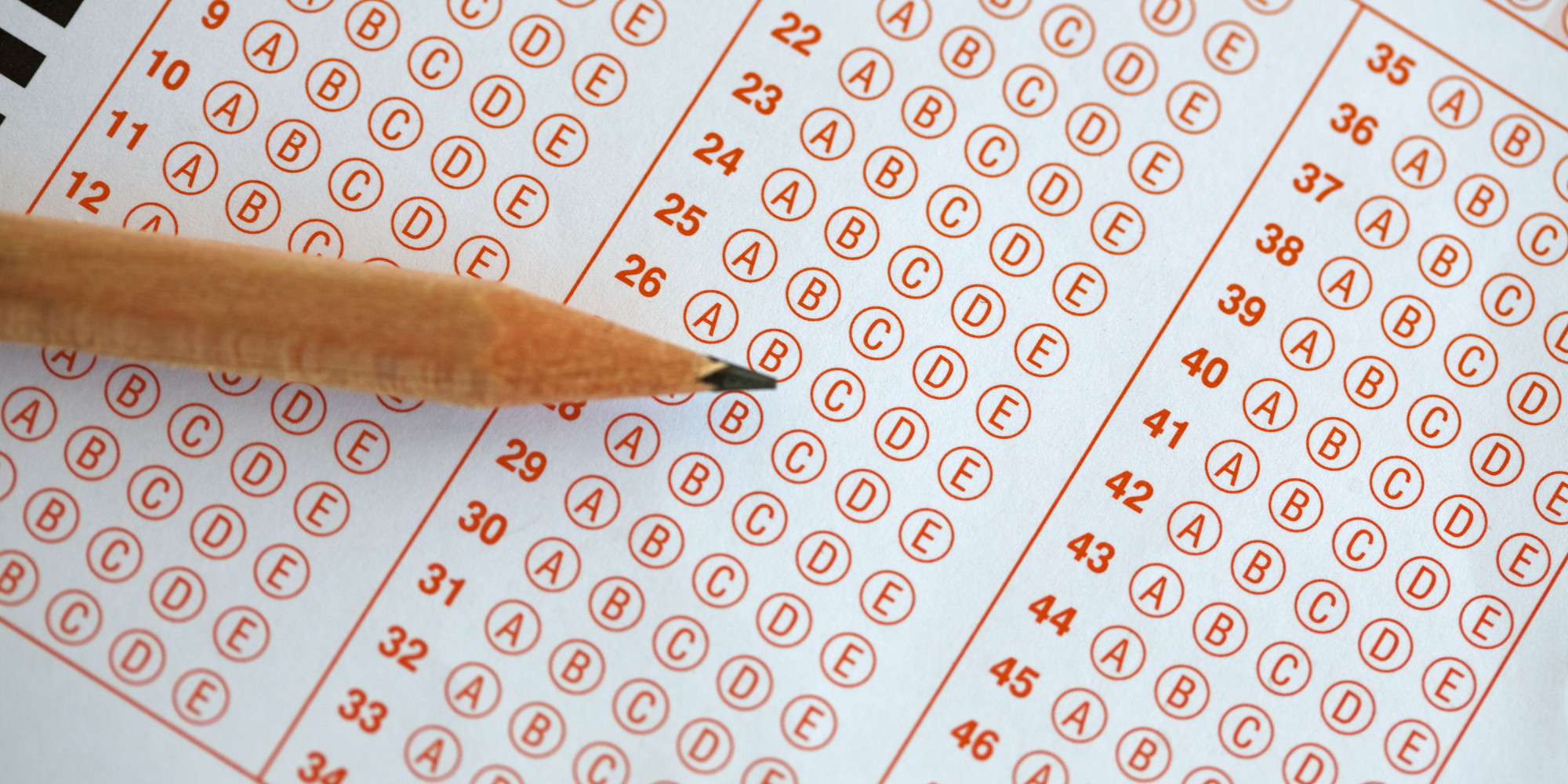UPDATE [May 2018]: Check out ArborBridge's Guide to Computer-Based Testing: What We Know & What We Don't Know for the most up-to-date information on the computer-based ACT.
This week we are going to take a closer look at Computer-Based Testing on the new ACT.
The ACT has finally joined the rest of the 21st century and will now offer the ACT on a computer.
Wait one second, though! This may seem like a fantastic step forward, but it will radically change a student’s test experience, and not always for the better.
What is Computer-Based Testing?
It’s just what it sounds like: taking the entire ACT on a computer. Students go to their test sites where laptops and/or desktops will be provided. The test questions will appear on the screen, and students click their answers on the screen. Students will also be given blank sheets of scrap paper to take notes and make calculations by hand.
Where is Computer-Based Testing offered?
Right now, Computer-Based Testing is offered in very few locations. It is only available in the 18 states and in a few school districts where the ACT is required by a student’s high school. It is not offered outside the US.
Computer-Based Testing is also only available in these schools if the test is given on a school day (Monday–Friday) during school hours. What does this mean? If you take the ACT on a regular Saturday with the rest of the country, you will not see a Computer-Based Test no matter where you take the test.
How does this compare to the old ACT?
The old ACT was always paper-based at every site. Students received a paper test booklet and a paper answer sheet, which they could write on and mark up however they chose.
Note that the Computer-Based Test will contain exactly the same questions as the paper version. Scoring will be the same and the scores are released on the same date, too. The only change is the way a student takes the test.
What does this mean for students?
For students who decide to take the Computer-Based Test, the experience will be very different. You won’t be able to annotate the Reading passages. You won’t be able to mark up diagrams in Math and Science. Instead, you will have to learn new strategies for using blank scrap paper to redraw diagrams and figures so that you can mark them up.
However, you will still be able to “flag” questions you want to go back to by clicking a button next to the question. The computer also lets you “cross off” answer choices you have eliminated by putting an “X” over those answers. There is also a clock on the screen to help you keep track of your time.
Do I have to take the ACT on a computer?
No! You do not have to take the Computer-Based Test. At this point, any test site that offers Computer-Based Testing will also offer the old paper-based test. It is our recommendation that you always choose paper-based. It’s the most similar to the way you take tests in school, and you can avoid having to learn the new set of test-taking skills for Computer-Based Testing.
So, what’s the big deal then?
This really isn’t a big deal for today’s ACT takers. Just opt for the paper exam, and your experience will be the same as generations of test takers.
The real changes are those that may lie ahead for test takers 5 or 10 years from now. The ACT may eventually move entirely to Computer-Based Testing. Doing so means students could take the exam over multiple days. It could also mean that the ACT might follow in the footsteps of the GRE and become an adaptive test, responding to a student’s individual performance by getting easier or harder based on whether the student answers correctly or incorrectly. The possibilities are endless. But that’s a long time down the road, and we will have plenty of warning before any of those changes happen.
That brings us to the end of the ACT changes. To take a look back at our posts on the ACT’s new essay check out What to Expect on the New ACT Writing Prompt, What to Write on the New ACT Writing Prompt, and Understanding the New ACT Score Report. In two weeks, our Uncovered Series will be back with an installment on the redesigned SAT’s Math section.






